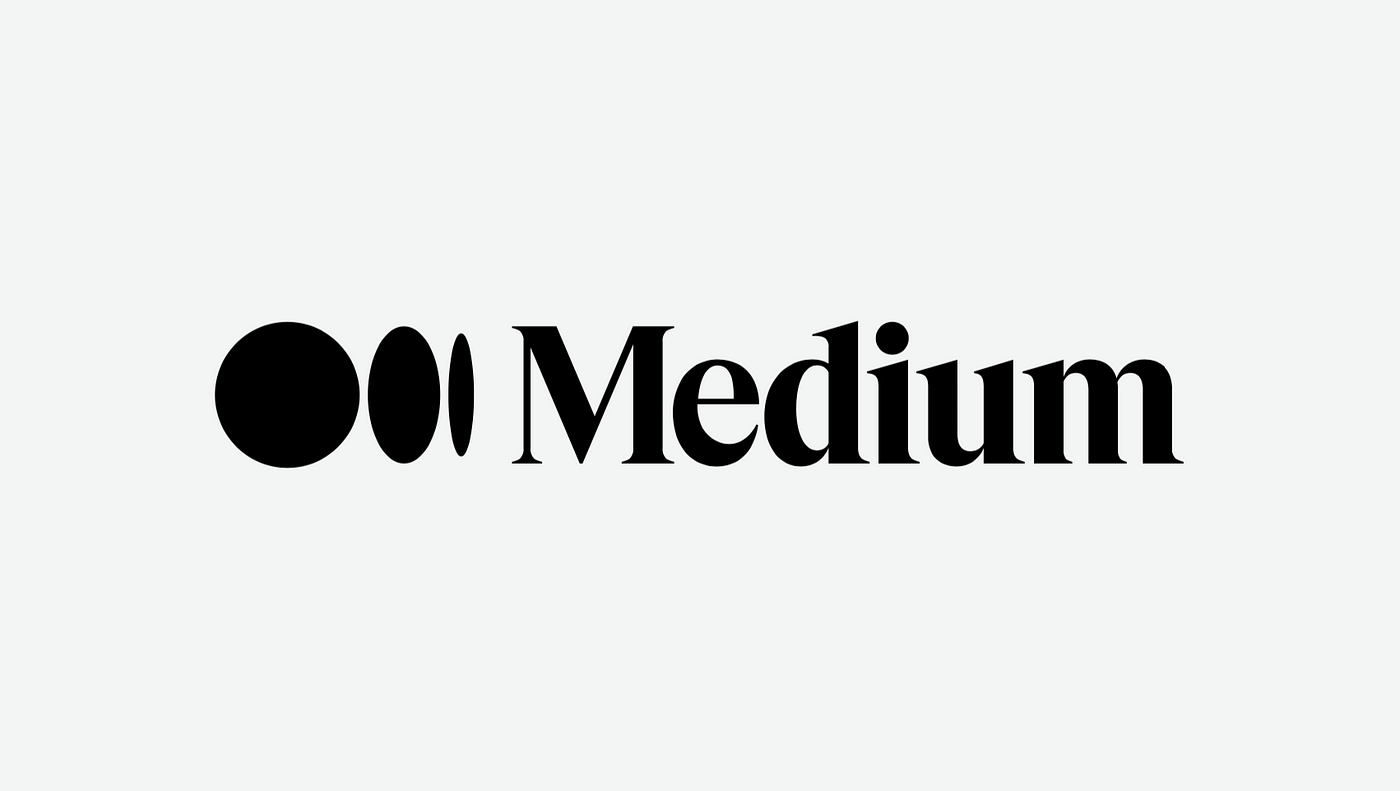The story so far with Medium
Medium has the opportunity to provide an ecosystem and a viable business model.
A friend of mine who works at Automattic once moved his personal blog from a self-hosted WordPress site to Medium. He wanted to research if there was any effective network effect on the platform. After just a couple of weeks, he moved back to WordPress. His page-view count didn’t go up, and while he gave lots of credit to Medium for trying to build a platform that had the ability to bring discovery and spark conversations between like-minded people, he eventually concluded that Medium wasn’t just there yet. I believe he didn’t give the platform a serious shot.

I have been working in digital publishing for the last 6 years. I have engaged in confrontational discussions around platforms, business models, editorial planning and technology because I care, a lot. I have stakes in publishing projects, I have clients who are newspaper publishers, and yet I didn’t ever challenge myself with bloggers. My views are biased by the fact that every bit of my experience has been built around professional publishers who need to make a living out of their product.
##Network effect I’m lucky enough to be now able to perform a more thorough research than my friend did months ago. I have a stake in Latterly, one of the few publications approved for the Medium revenue beta program. I previously wrote an article about publishing platforms and at the time I wasn’t happy with Medium distribution. I was wrong: the medium network effect exists, it is strong, and it is of the direct type. The one that everyone feels by using the platform, the one that happens when an increased usage of the service directly adds value to the platform for everyone else. The more we are on Medium, the more engaging conversations we can start, the more interested readers we can have. The more we post comments on stories, the more friends we make. It’s all positive. It’s just like when the telephone came out; the more had a telephone line, the more people you could reach out to.
I don’t personally perceive any value from the availability of a free technology stack to edit, publish and host content, though. I think I’m still biased by the pros who care more about owning their data. But I see value when the product is all about joining a community of like-minded peers and grow your audience. And I like that a lot. No service could do that for writers and publications so far. It is a great achievement.
Business models
Medium is starting to introduce 3 ways of making money from a publication. They have a handful of publications in the beta program, which includes creative exchange services, hosting sponsored stories and links, selling memberships that unlock premium content.
Having worked with premium, paid-for, content all the time, I couldn’t be more excited to see how it works out with memberships.
Medium publications that are accepted in the beta revenue program for memberships are able to set a pricing model that works best for them. They can choose between a fixed price starting from $5/month, or a flexible offering where subscribers can decide to pay more than the minimum price (from $1/month) if they want. Members get unlimited access to locked stories.
Publications are free to offer any additional perk to members and are encouraged to. The most common additional perks are members-only Slack channels and gadgets.
Long story short, Medium memberships are all about making people pay for access. Locked stories don’t have a preview or a trial feature, they are plainly for members only.
The challenge is clear. Will Medium publications able to present themselves as valuable, unique, trustworthy enough to convert followers into members? This is a challenge I’m enjoying a lot. I like reading the metrics and researching the audience to find out if, how and how much people will support a publication by becoming paying members of a community. Where do those people see a value? Is it the stories? Or is it the community? Will they pay to interact with the community, or to be fed with great stories?
Those questions are all interesting and worth sparking a broader discussion. A positive one, the one that could at some point sort out the decade dilemma: how to make journalism and storytelling a sustainable business. I warmly invite everyone to join this discussion.
Talking points for a positive outcomeIt’s worth saying it again. I really care about Medium’s plan, I have been working on the same goal as a small potato in the big World. I learned a lot, I was wrong a lot, I failed projects. I started again. Every time is the last time in publishing, but I keep coming back.
Let’s assume that unlocking locked content is the selling point for memberships. It is the embedded business proposition with Medium’s membership product. Specialised appsFacebook and many other digital services have specialised products that can be clearly identified. Going straight to the point is the ultimate chance of success. Why is Facebook’s Messenger a separate app? Why Pages manager is another one? Why is YouTube’s Studio a separate app? I guess they believe that a specialised app is best to teach people what to do with that. If my guess is right, memberships would require their specialised app. Medium started and has been identified as an excellent platform to discover stories. All of those stories have always been free to read and immediately available across browsers and native apps. Now some publications are starting to lock stories. People will need a subscription to each publication they want to follow, random people will have to register to Medium, pay for a recurring subscription that they have to carry on to be able to have continuous access to locked content. Locked content. It’s new on Medium, the risk is people might not relate to it. It’s going to take a gigantic effort to surface the best stories, promote them, sort them into special sections, explain to users that from today onwards the best bits out there are paid-for. I’m not being naive, I appreciate the time and effort that doing it will take. I have seen well-funded and ambitious projects fail, though. Sometimes because users just didn’t realise how the product worked, other times the sub-product was embedded in another one with different mechanics.
Brands
Medium is a platform hosting individual writers and publications of any size. I guess people feel that they are reading content on Medium. Again, my friend from Automattic:
Take this as a very partial comment (for obvious reasons) but: every single post I read on Medium is a blur for me in terms of authorship. My memory has an hard time recalling the author.
Meanwhile I’ve 1.7k followers there with just a couple of re-posts, so I guess that offsets it?He is no random user. While the blur in terms of authorship emphasises the network effect, it might well represent a challenge when publications will look for loyal members. Selling subscriptions is a wizardry that professional publications mastered for a very long time and suddenly started failing at.
Community-based publications are doing it a lot better. When people relate to a mission that a brand is pursuing they become loyal members of a club.
The allegiance idea of being part of it is the ultimate driving power. I like the work Medium has done to let publications customise and brand their space. It’s plenty of customisation features, and every page is ultimately a craft from the editorial team. I’m just not entirely sure, and I have no means to prove it right or wrong, that prospect members are feeling they are becoming part of THAT unique club. If I could fancy an expensive experiment, I would prove this idea right or wrong by testing Medium-wide subscriptions.
It’s worth again to congratulate with the Medium staff for having such ambitious and important goals. I’m pretty sure I’m not adding anything new for consideration, the whole point of this post is to start a discussion about something I care about a lot.
I hope you’ll join me.




